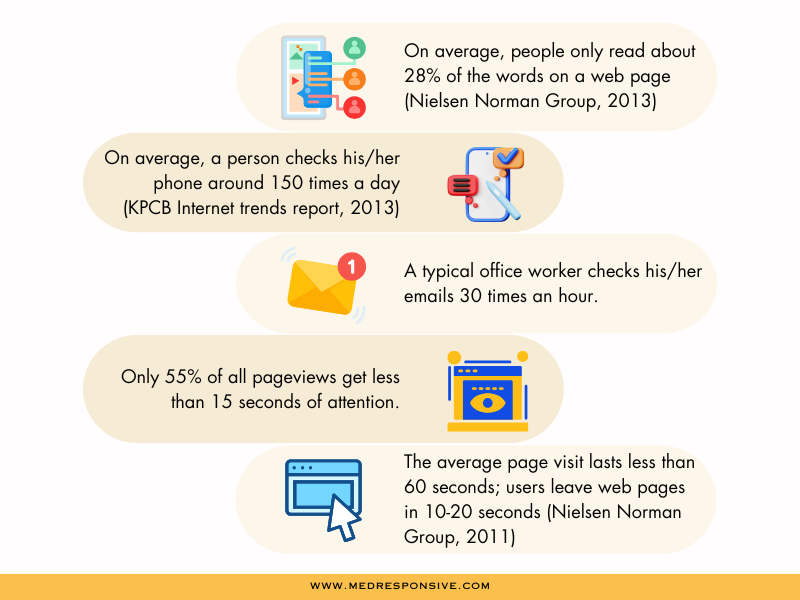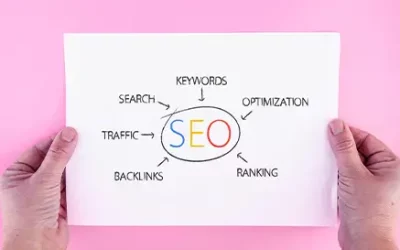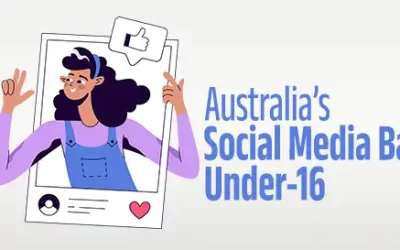Attention span is the modern-day Achilles Heel-not just for Gen Zs but for all generations thriving in today’s fast-paced digital landscape. Let me quantify just how dismal it is:
- Scientists and psychologists who have been studying attention span over the past 20 years, have found that the average time a person can focus on a task has dropped from 2 1⁄2 minutes to a mere 45 seconds!
- For internet activities like reading a blog or watching a video, our attention span spirals down even further—to a mere 8 seconds!
With now information being just a click away (with a million options to choose from!), it is no surprise that our focus is scattered all over the place. Short and captivating blogs hold the key to addressing this challenge, by helping capture attention quickly and effectively, boosting overall engagement, SEO and reaching a wider audience. Companies offering digital marketing services have expert team of content writers who could do this in their sleep!
Hard Facts Regarding Our Attention Span
If you pride yourself as a great multitasker, get ready to be thrown off that high horse. The truth is, most of us aren’t nearly as skilled in handling multiple tasks as we think. The following facts might surprise you, revealing how terrible we are in keeping our focus on one task-let alone two.
In the early 2000s, the average focus kept oscillating roughly every 2.5 minutes on electronic devices.
- The average human attention span pummeled to 8 seconds in 2013.
- The 16-24 age group of the today’s generation, engage with an average of 6 screens at once, further fragmenting attention spans.
How People Read Content Online Nowadays
Now that you’ve learned that our attention span is lower (and dropping faster) than Usain Bolt’s 100m dash time, it’s time to learn how people consume content online:
Scanning vs Reading
- Scanning is when a user skims through the content, consuming key facts and figures rather than going on a word-by-word reading basis. This happens to be the most popular practice amongst the audience of these days.
- Reading – the old method of delving deep into the content, is still in fashion but only a niche group holds the passion of reading every single word and line. This is seen mostly in content that is well-structured and resonates with the reader’s emotional/intellectual capacity.
What does this all convey? Well, it means that not only is our attention span scattered all over the place, but the competition for content is fiercer than ever before. These factors also contribute to the increase in bounce rate of your website, reducing the time spent on the site and eventually, losing leads you have worked so hard to gain. To conclude, you only have a handful of seconds to get their attention, before they are gone for good. So, what is the way around this problem?
How to Get Your Audience’s Attention
Go short! (In writing…)
Even though search engines love detailed and well-thought out blogs, they favor short blogs as well. SEO success is also rooted in how concise, relevant and easy-to-digest your blogs are. Let us discover how to get the attention of one’s erratic eyes onto your content:
- Hook ‘em with Headlines: A catchy headline is what reels a reader in, who is making a split-second decision whether to stay or leave. Headlines like “5 Tips for…” or “3 Ways to…” are a sure shot at making them stay.
- Bite-Sized Info: Born and brought up in a digital world of instant gratification, Gen-Z and Gen-Alphas—who contribute to the majority of proactive netizens—prefer snackable information. Short blogs will please them.
- Use “Bullets” That Don’t Kill But Thrill: Short blogs should be skimmable. And for that, use bullets and sub-headings wherever possible. It makes the content appear easy-to-follow and doesn’t overwhelm readers.
- Visuals F.T.W: The single-most important element that retains readers are visuals. Infographics, images, videos provide a dynamic reading experience and boosts engagement. Combine ‘em up with the right words and see the magic.
- Mobile Ready: 70% of all traffic comes from mobile phones and mobile users prefer quick-read content. Short content not only offers that but it also loads faster, enabling you to scroll quickly, without heavy blocks of text in the way.
- Let It Not “Bounce”: Short blogs reduce bounce rates and increase dwell times as they are easy to read. And, less content means less keyword stuffing. Also, engaging short blogs are easy to share, thereby boosting social signals and SEO.
Having said all that, long-form content is as relevant as short-form content. It depends on the sector you are writing for. For instance, in healthcare, technology, and business, long-form content is valuable because it offers a level of depth that shorter posts simply cannot convey. To conclude, making the content short is not the answer but, keeping it readable (with headings, subheadings and bullet points) with relevant visual elements, would help fulfil the needs of both your audience and your SEO.
The Bottomline
Attention span is diminishing day-by-day. Short blogs that showcase relevant details in a concise, yet comprehensive (without actually being comprehensive), is the way forward. So, when it comes to content, in many instances, less could truly be more.
Pro-tip: Engage with a firm that offers pro content writing services that could take your blog right into the eyes of the needy!





